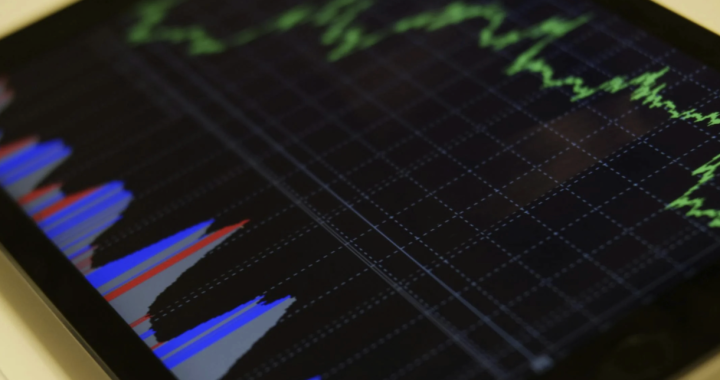Essential Security Measures To Protect Your Data On The Cloud
3 min read

Keeping your data and applications on the cloud instead of within the company exposes it to public networks, and makes your enterprise vulnerable to serious security threats from outside. While cloud computing has its obvious benefits, there are serious security risks associated as well. However, taking a few precautions can ensure that your confidential data remains safe from prying eyes and unauthorized access. These precautions are briefly explained below to help you protect your corporate data against any misuse.
Beware of Public Networks
Avoid accessing sensitive company data through unprotected networks and public Wi-Fi such as in airports, because doing so could result in your corporate information being ended up in the hands of exploiters. Make sure you always use a protocol-encrypted channel for accessing and sending critical information in order to avoid any trouble in future. Apart from that, never send passwords in text form through means such as SMS or e-mail; instead always encrypt them in one way or the other before sending.
Establish a Proper User-Access System
Putting in place a proper user-access control system for all your data and applications can significantly contribute to enhancing security by making them available and accessible only to those who need that data and information. Employees should only be given access to the data that they need, while everything else should remain inaccessible and confidential. Another important aspect to be considered here is that you must never allow employees to take data or information outside the security boundaries of your enterprise’s system. If anything related to the company is to be accessed, make sure it happens within the security network to avoid leakage of information to outsiders.
Classify Your Data
It is very convenient for the hackers to gain access to the entire system if all of the confidential information is assembled in one place. Hackers first gain access to one account – typically the one with low levels of security – and then use it to access other high-security accounts. The Twitter incident that took place in 2009 – in which the personal Gmail account of a Twitter employee was hacked, giving access to financial records and several contracts of Twitter with other companies to the hacker, who later posted them to different blogs and publications – is a reminder for companies to take precautionary measures to maximize their security. Therefore, it is necessary that you do not keep all the data at one place; instead classify it on the basis of security level, and employ higher levels of security for the data that is most confidential and at risk of being exploited.
Increase Employee Awareness
Educating your employees about the security risks and appropriate measures to protect sensitive company information is as important as the previously mentioned steps, because until and unless the employees are aware of the risks and security practices, no such measures would prove to be helpful. Training them in adopting and implementing the necessary security practices such as data encryption techniques, usage of secure networks, and establishing some basic rules of security goes a long way in ensuring that your company data remains in safe hands.





